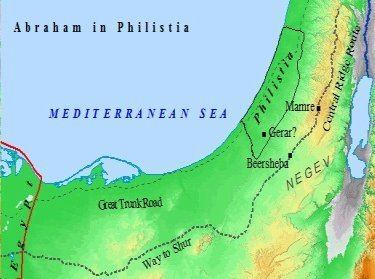Capital Not specified Government Federation Assyrian conquest of the Levant 722 BC Date dissolved 722 BC | Religion Canaanite religion Founded 1175 BC | |
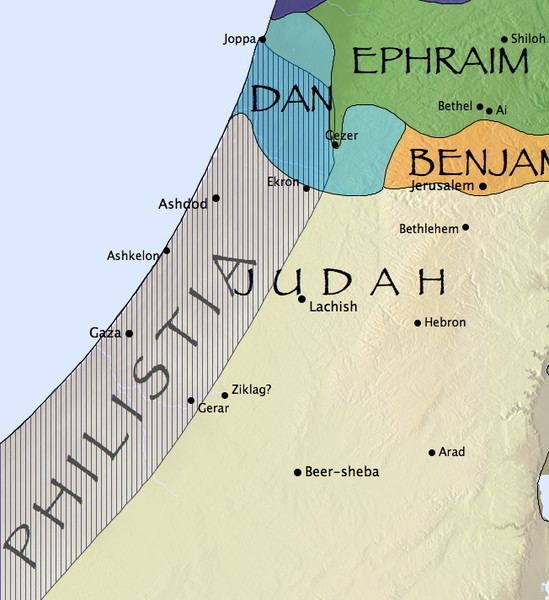 | ||
Languages Philistine language, Canaanite language, Hebrew language | ||
Philistia (Hebrew: פלשת, Pleshet) is a term used to refer to the land of the Five Lords of the Philistines, described in Joshua 13:3 and 1 Samuel 6:17, comprising Ashkelon, Ashdod, Ekron, Gath, and Gaza, in the south-western Levant.
Contents
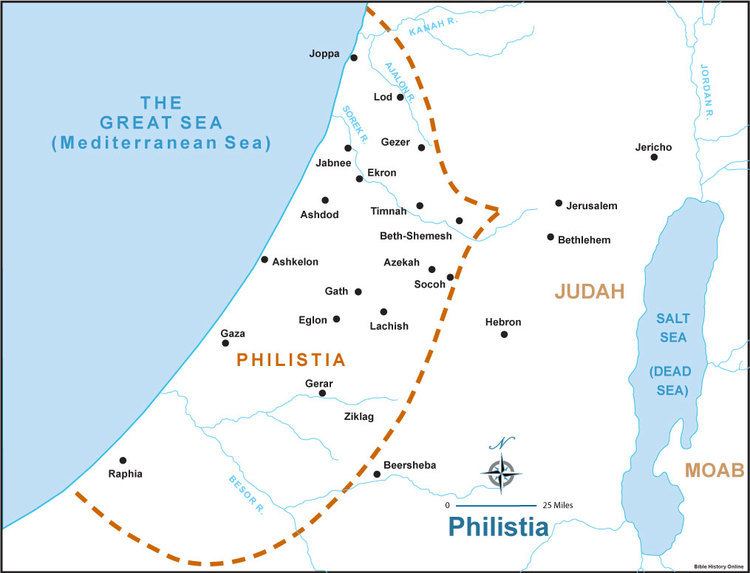
The Five Lords of the Philistines are described in the Hebrew Bible as being in constant struggle and interaction with the neighbouring Israelites, Canaanites and Egyptians, being gradually absorbed into the Canaanite culture. They ruled major parts of southern Canaan at the peak of its expansion, but was eventually conquered and subdued by neighbouring Israelites.
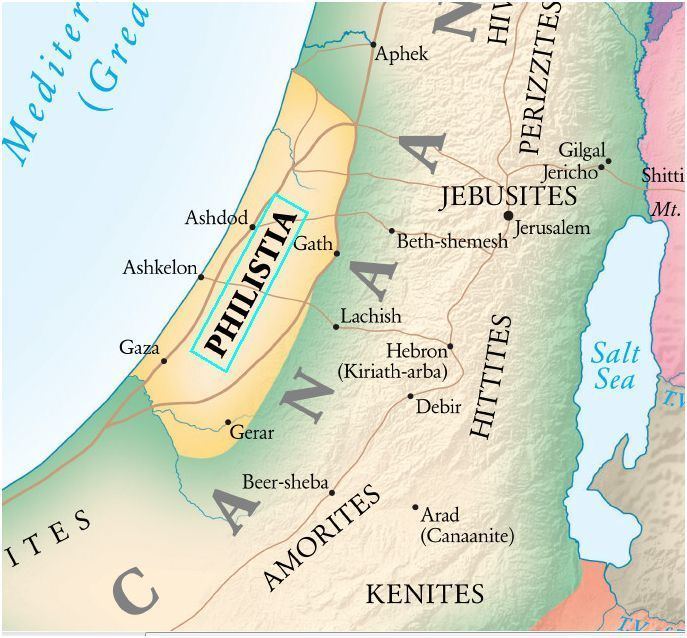
The Philistines were not mentioned following the conquest of the Levant by the Neo-Assyrian Empire (911-605 BC).
Message by god to philistia 1st the gaza strip a warning
East of Gaza
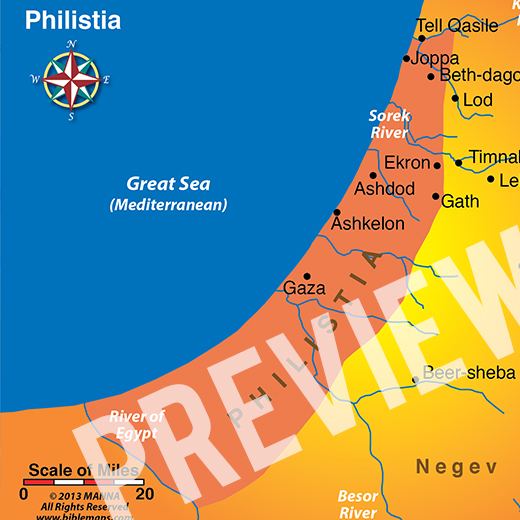
The area east of Gaza, particularly around Nahal Besor that reaches into the hills as far as Beersheva had very substantial Philistine presence. This area is a part of the Negev desert. It also includes Nahal Gerar to the north that joins Nahal Besor before flowing into the Mediterranean Sea.
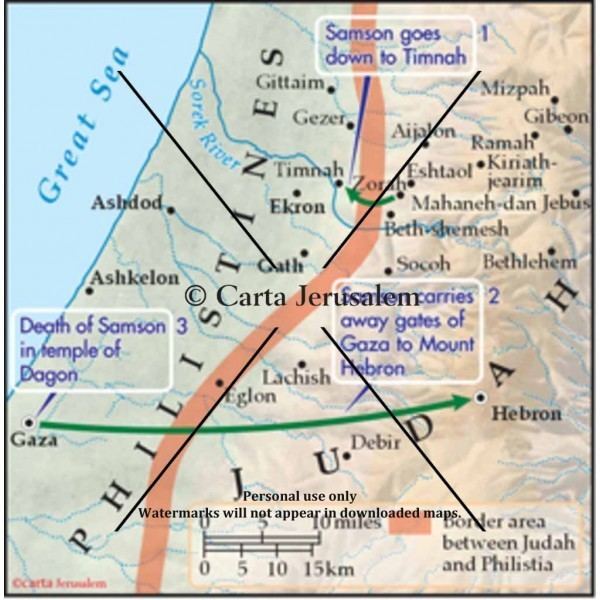
This was a heavily populated area during the early Iron Age. It includes archaeological sites such as Tell Beit Mirsim, Tel Haror, Tel Sera (Ziklag) along Nahal Gerar, and Tel Gamma and Tell el-Farah (South) along Nahal Besor. All these sites and others in the area had Philistine settlements.
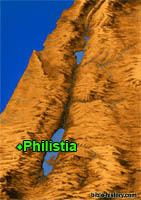
As far as the Neo-Assyrian policy goes, when they first invaded this area, they gave the Philistine cities considerable autonomy in exchange for tribute. But later, while responding to various revolts, their policy hardened.
Kings
